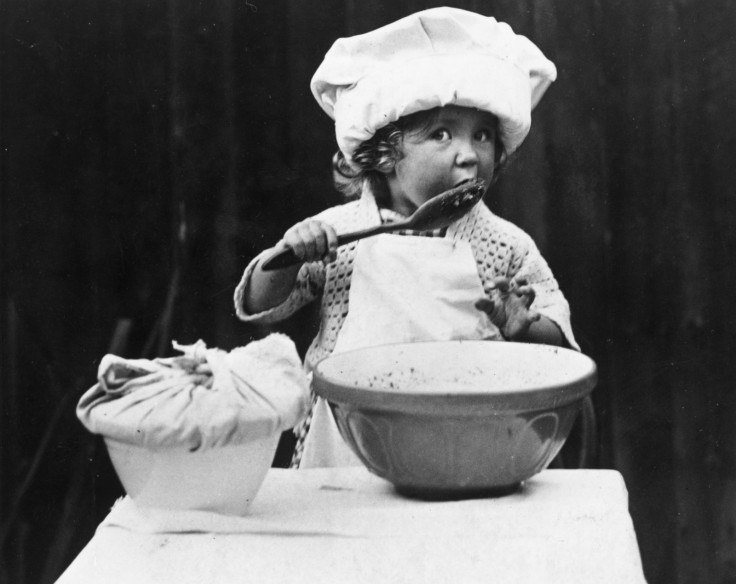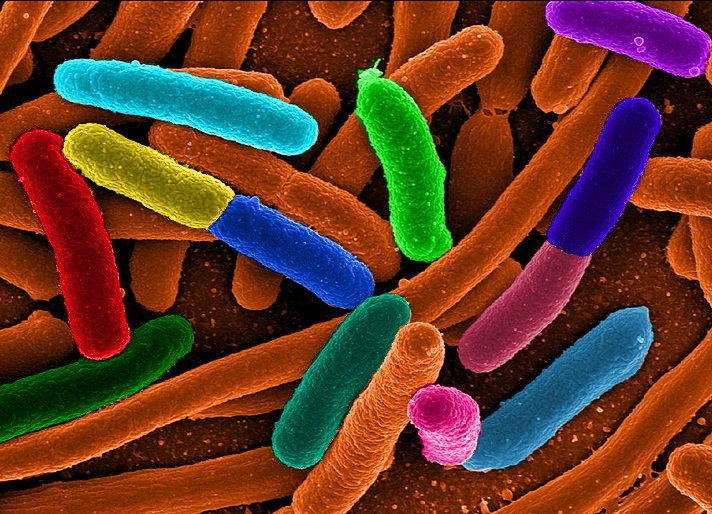Doughn't lick that cake batter! E coli bacteria traced to raw flour
Bacteria responsible for certain food-borne diseases has been identified in certain brands of raw flour.

Research has come up with one more reason not to lick the spoon (or bowl) of any remaining cake batter. According to a study published in the The New England Journal of Medicine on 22 November, E coli bacteria has been identified in raw flour.
Between December 2015 and September 2016, there have been 63 cases in which the pantry staple has been found responsible for causing food-borne illnesses in Canada and the US. In two of the cases, the victims confirmed that they had eaten raw cookie dough made from the same brand of flour.
Twenty four states in the US alone reported cases, one of which resulted in a patient having haemolytic uremic syndrome, a form of kidney failure. By February 2016, the Centers for Disease Control and Prevention was able to identify the uncommon strain causing the outbreak as serogroup O121, which was later linked to the consumption of raw flour.
The research led to more than 10 million pounds of flour being recalled.
Typically, E coli bacteria is present in wet environments like hamburger meat and leafy vegetables but the new evidence proves that it can also survive in dry climates in a desiccated state. When mixed with wet ingredients like milk, eggs and butter, it is revived and starts to replicate.
Whether a happy coincidence or a sad one (depending on how much you like cookie dough), the study has been published just in time for the festive season when most families are busy baking their cakes and cookies.
"We're not trying to ruin people's holidays but we want them to be aware of the risks," Samuel J Crowe, the lead author of the study and an epidemiologist with the division of food-borne, water-borne and environmental diseases at the Centers for Disease Control and Prevention, told The New York Times.
"The bacteria is not uniformly distributed in a two-and-a-half pound bag of flour. A small amount could get you really sick. I've had E coli and salmonella and it's pretty darn unpleasant."
According to Science News, there are ways to destroy the E coli bacteria in flour using certain heat treatments. However, they are not in use in the US as they end up altering the structure of the flour which in turn affects the texture of the baked goods.























